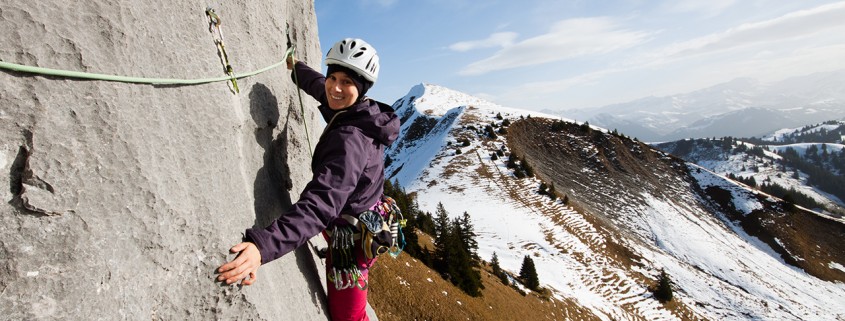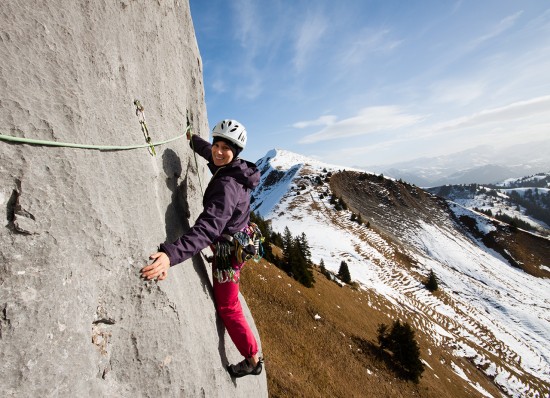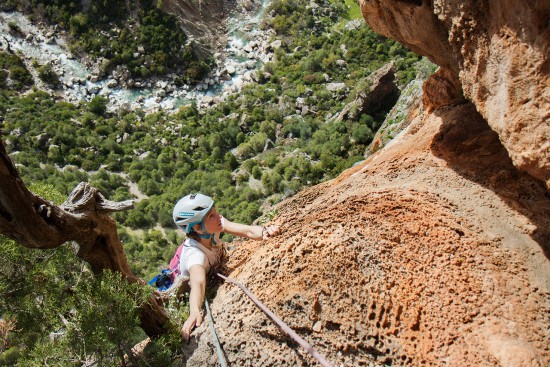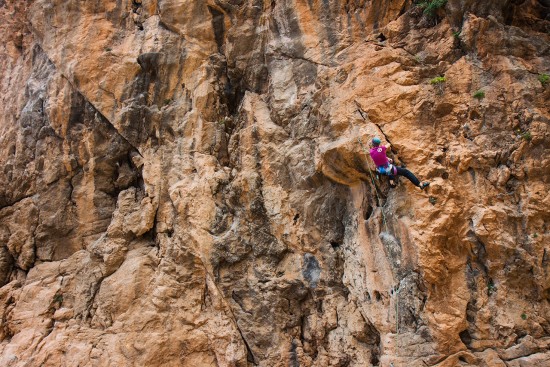4 Tips for Capturing Mountain Climbing Photos
When we met Jasim and Armando in Taghia Valley in Morocco, we were impressed by the photos they took from the side of the sheer cliffs. So we decided to ask them to write up a few tips for our InFocus magazine on how they go about taking such great climbing photos.
If you’re not a mountain climber, why in the heck would you want to read an article about taking a perfect climbing photo? Here are few things that climbing photos teach us:
- Capturing a unique perspective: These photos provide a unique perspective that can be used to capture familiar landscape photography subjects such as waterfalls, mountains, and trees.
- Creating depth: By including familiar elements, these photos create depth (in this case, a sense of height).
- Being flexible: Weather and light don’t always cooperate when you’re trying to climb…so you must be flexible to achieve inspiring photos.
- Creativity and planning versus gear: Generally, it’s more about creativity and planning and less about gear. Climbing photos are often captured with minimal gear (just a single lens and camera) which means that Jasmin and Armando must rely on their planning and creativity to come away with incredible photos.
Here are few tips from Jasmin and Armando on how to come away with breathtaking photos.
Safety
Always be sure of a safe environment. The photographer, as well as the climber, are belayed and safe at all times. Once you’re sure of your safety, you can then turn your attention to perspective.
Perspective
For climbing photography, you want to show the climber’s height above the ground, the stunning scenery around you, or the difficulty of the climb. In any case, always position yourself above the climber. If your aim is to capture the height, try to use a common object (tree, house, or person on the ground, for example) as point of reference in your photo. If you’d rather focus on the scenery or the difficulty of the route, situate yourself in a position next to (but slightly higher than) the climber with the scenery as the background. Also, brightly-colored clothing can make the climbers stand out and provide an emphasis on perspective.
Weather
The best time to take a photo is when the entire scene is lit evenly by the sun, is completely in shade, or it’s an overcast day. If your photos include partly sunny and partly shady areas, the colors will be washed out and unappealing. When it’s cloudy, choose a frame without the sky.
Timing
Observe the place where you want to shoot photos and determine the best time to take a photo. If you plan to pursue this as part of your next mountain climbing trip, take notes of everything you need to remember and plan in an extra hour for setting up and shooting the photos.
Mountain climbing and photography don’t always mix well. Ideally, we like to separate climbing days from shooting days. This enables us to perform at our best in each activity. During our climbing days, we want to focus on this sport we love and don’t want to feel pressured to shoot photos.
So next time you’re rock climbing, photographing a waterfall, or just photographing kids climbing on the playground, remember these tips to come away with some great photos.








